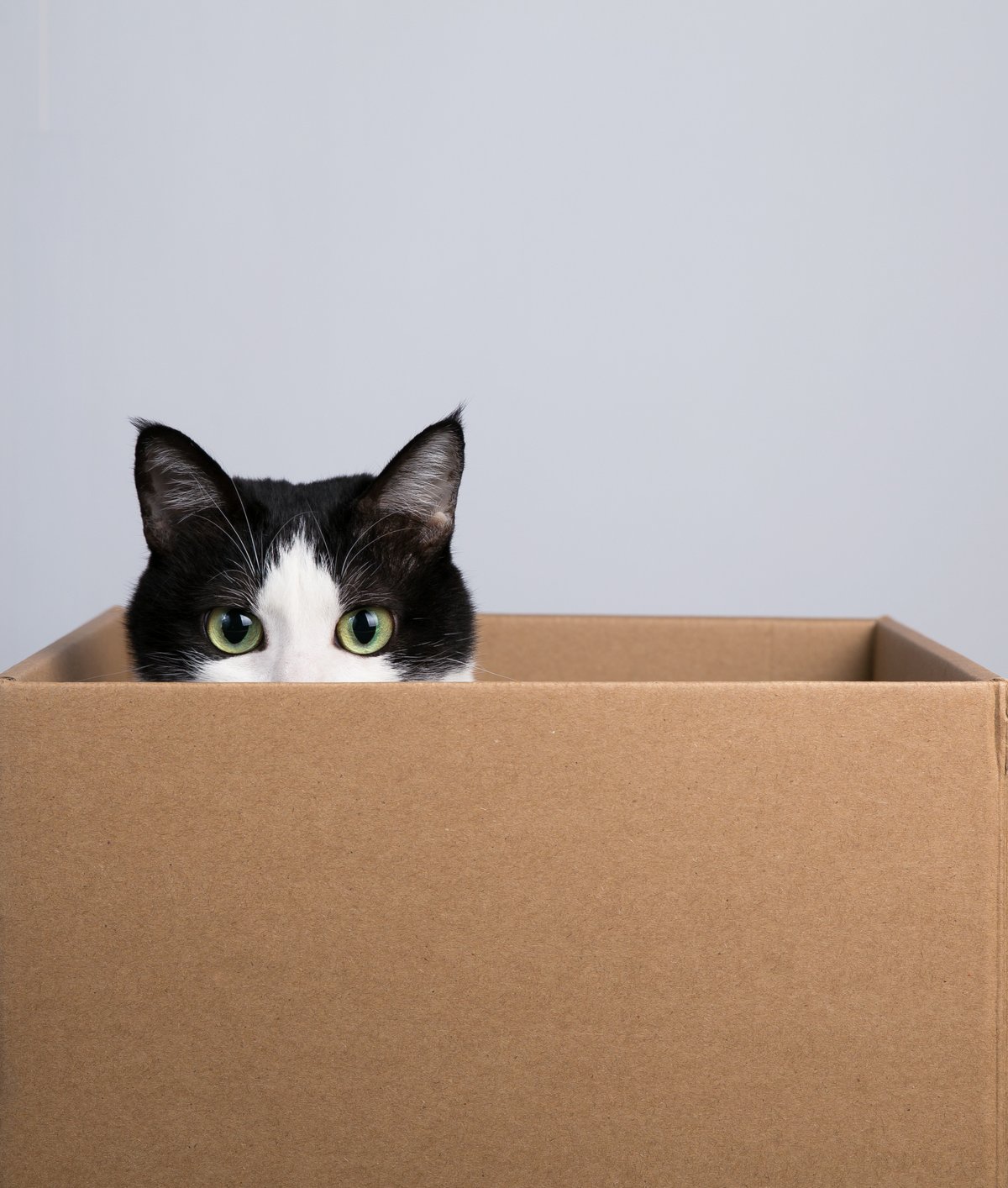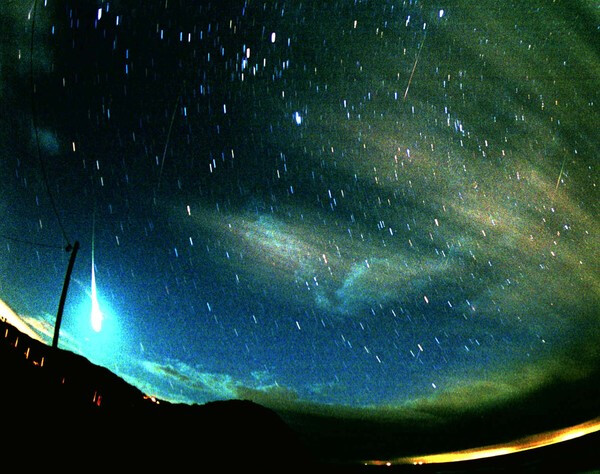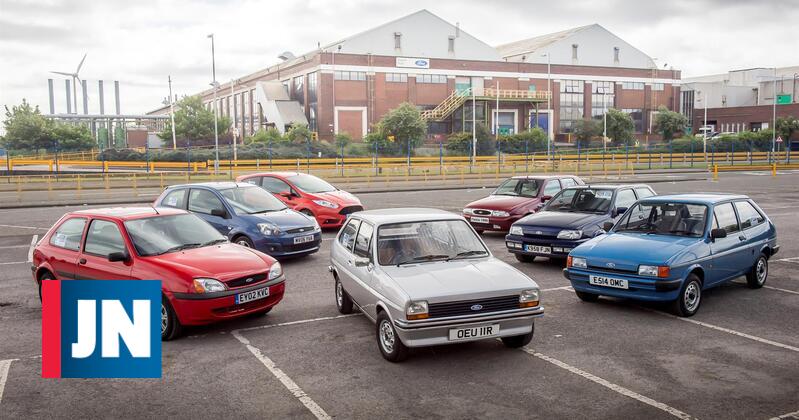It is the end of one of Ford’s most famous models. After 46 years and selling about 20 million units, the Fiesta is expected to leave the production line in the middle of next year, to be replaced by an electric model, to be built at the same plant in Cologne (Germany).
Although there is no official announcement about the brand yet, the first marks have already been introduced, this year, with the three-door version of the model gone. In addition, with the seventh generation on the market since 2017, the end of the model’s life is approaching without knowing anything about its successor.
It could arrive next year in the form of an electric crossover, built on the MEB platform, which Volkswagen Group uses for its 100% electric models, under an agreement between the two companies. Since the platform is used in the VW ID.3, the dimensions of the future Ford will be between those of the Puma and Focus, that is, it cannot be considered the successor to the Fiesta.
Issued in 1976
The initial design of the Ford Fiesta was approved in 1972 by Henry Ford II, and the car was the smallest model of the American factory, having been designed by Tom Tjarda (author of De Tommaso Pantera and Fiat 124 Spyder).
If the will of the marketing department had retaliated, Ford’s little name would have been “Bravo”, but the opinion of Henry Ford, who had help from General Motors, prevailed. “Fiesta” was a name Oldsmobile used for one of its trucks, but the name was given free to Ford.
A year later, the Fiesta project was approved, carried out in cooperation with the Ford engineering centers in Italy and England, and in September 1976, the first units began to be sold in France and Germany.
The Fiesta was equipped with 957, 1117 and 1597 cc engines and a power of 40-84 hp, and the Fiesta was initially sold only in a three-door version with a four-speed gearbox.
Sports Editions
The second generation arrived in 1983 and with it a diesel version and the popular XR2, which produced 96 horsepower and had an attractive body kit.
It took until 1997 to see the first five-door Ford Fiesta, and the model range included seven petrol engines (the most powerful 130 hp) and one diesel.
In 2002, the ST version was introduced, a sporty version that started with 150 hp, reached 210 km / h, and finished with 200 hp and a top speed of 230 km / h.
The Fiesta also had a long sporting career, especially in rallying, having won several events, including the Rally de Portugal, in 2017, the year Ford became the World Rally Champion.
The success of the Fiesta brand led to its production in Germany, the United Kingdom. Spain, Brazil, Argentina, Venezuela, Mexico, Taiwan, China, India, Thailand and Africa.

“Wannabe internet buff. Future teen idol. Hardcore zombie guru. Gamer. Avid creator. Entrepreneur. Bacon ninja.”







More Stories
“I don't have money to live on.” Generation Z is full of financial struggles but has inherited a golden job market
Buying an entire house is impossible…but what if it is just part of it? “Fragmental ownership” is gaining momentum with the real estate crisis
Trump Media Auditor Suspended for 'Fraud' by SEC – Current Affairs